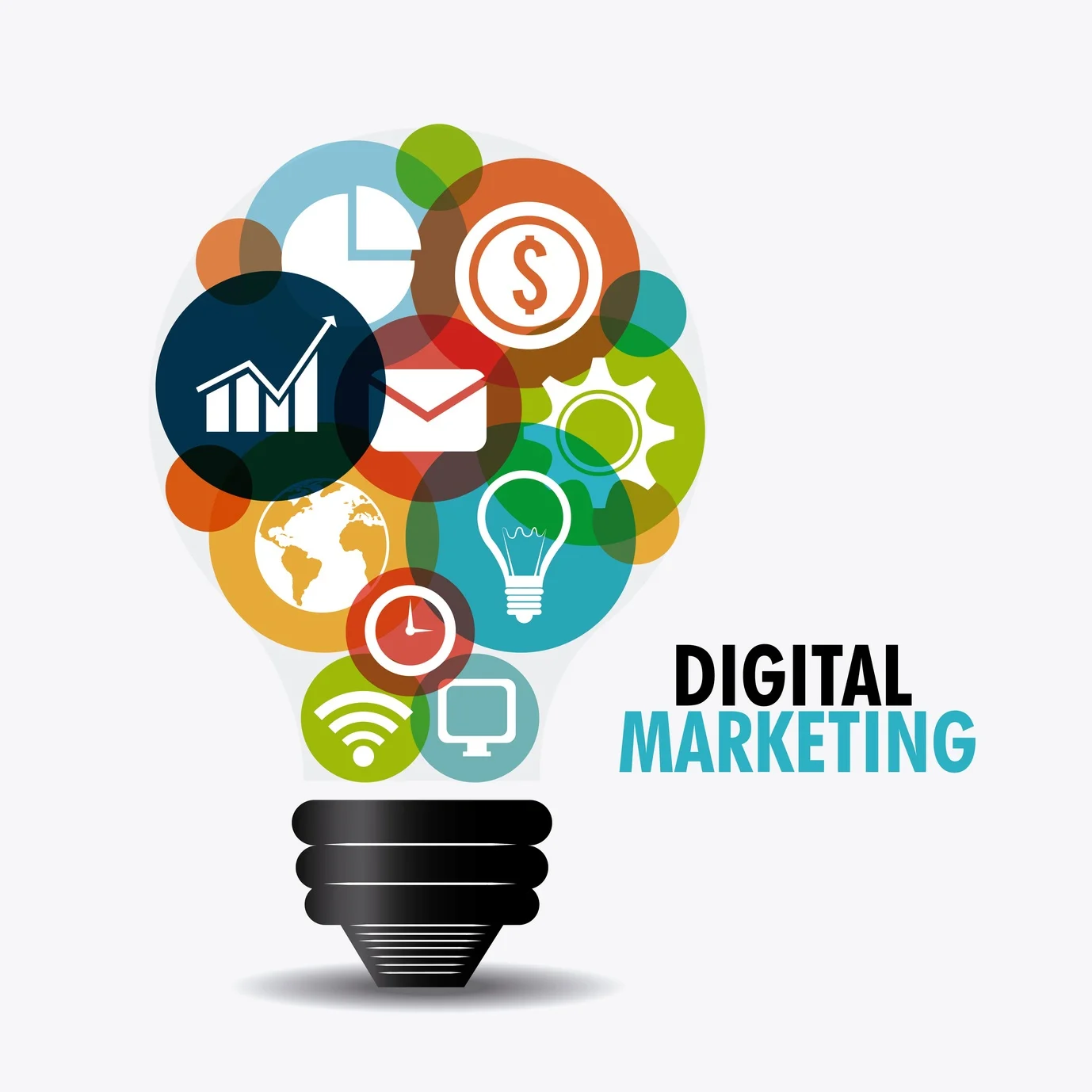In 2024, digital marketing will see transformative shifts shaped by technological advancements and evolving consumer expectations. Here’s a look at ten essential digital marketing trends to watch this year.
1. AI-Driven Personalization and Customer Experience
Artificial intelligence (AI) continues to reshape digital marketing by enabling hyper-personalized customer experiences. AI analyzes large data sets to tailor content, recommendations, and ads based on individual preferences, behaviors, and demographics. AI-driven chatbots are expected to evolve further, offering sophisticated customer support and engagement across websites and social media channels. As a result, businesses can expect improved user retention, conversions, and satisfaction rates.
2. Voice and Visual Search Optimization
Voice search has steadily gained traction, and 2024 will see a further rise in its use as more people rely on smart speakers and voice-activated assistants. To stay relevant, marketers need to optimize their content for voice search, focusing on natural language and question-based phrases. Additionally, visual search—where users search with images rather than keywords—will become more prominent. Platforms like Google Lens and Pinterest Lens are driving this trend, encouraging brands to optimize their visual content to be discoverable via image-based searches.
3. Video Marketing 2.0: Shoppable and Interactive Videos
Video content remains a powerful marketing tool, but the format is becoming more sophisticated. Interactive videos and shoppable videos allow viewers to engage directly with content by clicking on products featured in the video, making purchases, or participating in polls and quizzes. This trend is especially important on platforms like Instagram, TikTok, and YouTube, where interactivity adds value and can lead to higher conversion rates. For brands, this trend provides an immersive, engaging way to drive product discovery and sales.
4. Influencer Marketing Evolution
Influencer marketing continues to be valuable, but in 2024, brands will prioritize long-term partnerships over one-off campaigns. Micro and nano influencers, who have smaller but highly engaged audiences, are expected to play a larger role, offering more authentic connections with niche communities. Influencers are now creating branded content that feels less like advertisements and more like genuine recommendations, aligning with the trend toward authenticity and transparency in marketing.
5. Sustainability and Purpose-Driven Marketing
Consumers, especially younger audiences, are increasingly conscious of environmental and social issues. Brands that demonstrate genuine commitment to sustainability and social responsibility resonate more with today’s audience. In 2024, more companies are likely to align their marketing messages with sustainable practices, eco-friendly initiatives, and values-driven campaigns. This trend demands a genuine approach; greenwashing or insincere messaging can backfire and damage brand reputation.
6. Privacy-First Marketing and Data Protection
As data privacy regulations tighten worldwide, marketers must prioritize transparent and ethical data practices. Changes like the phasing out of third-party cookies have put pressure on brands to find new ways of gathering customer insights. First-party data—collected directly from customers through interactions and subscriptions—will be essential for creating personalized experiences while respecting privacy. Additionally, tools like Google’s Privacy Sandbox are helping brands balance effective advertising with user privacy, a crucial aspect in 2024.
7. Immersive Experiences with Augmented Reality (AR)
Augmented reality is gaining traction as brands seek to provide immersive experiences that bridge the online and offline worlds. AR allows customers to visualize products in their own environment before purchasing—whether it’s trying on virtual clothing or seeing how furniture fits in a room. Platforms like Snapchat and Instagram have incorporated AR features, and brands are following suit by creating interactive and memorable AR experiences that boost engagement and facilitate purchase decisions.
8. Conversational Marketing with ChatGPT and Other AI Models
AI-powered conversational tools are becoming more intelligent and nuanced. In 2024, models like ChatGPT and similar AI tools will be more widely used to handle customer queries, generate leads, and even assist in the sales funnel. This form of conversational marketing allows businesses to engage with customers in real time, providing a seamless user experience. AI chatbots can answer complex questions, direct users to relevant content, and personalize conversations, making them a vital component in the customer journey.
9. Community-Led and User-Generated Content (UGC)
Consumers trust content created by other users more than brand-produced ads. User-generated content, including customer testimonials, reviews, and social media posts, enhances credibility and fosters trust. Brands in 2024 will increasingly encourage community-led content by hosting challenges, contests, or collaborations that prompt users to share their own experiences. Building an online community around shared interests not only boosts engagement but also provides authentic content that strengthens brand loyalty.
10. Enhanced Data Analytics and Predictive Insights
Data analytics tools are evolving to offer predictive insights, enabling marketers to make proactive decisions based on trends and forecasts rather than reactive responses. In 2024, advancements in machine learning and predictive analytics will empower businesses to anticipate customer needs, optimize campaigns, and improve ROI. With predictive insights, marketers can identify potential leads, segment audiences more effectively, and create tailored strategies that align with customer behaviors.
Conclusion
The digital marketing landscape in 2024 is characterized by personalization, interactivity, and trust. Brands that embrace these trends with a customer-centric approach—leveraging AI, respecting privacy, and promoting authenticity—will stand out in a competitive environment. Staying updated on these trends and adapting strategies to match will help businesses not only stay relevant but also foster meaningful connections with their audiences.
